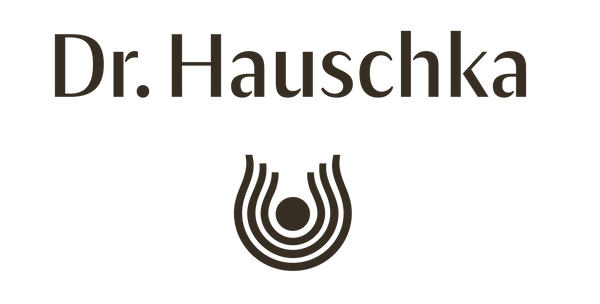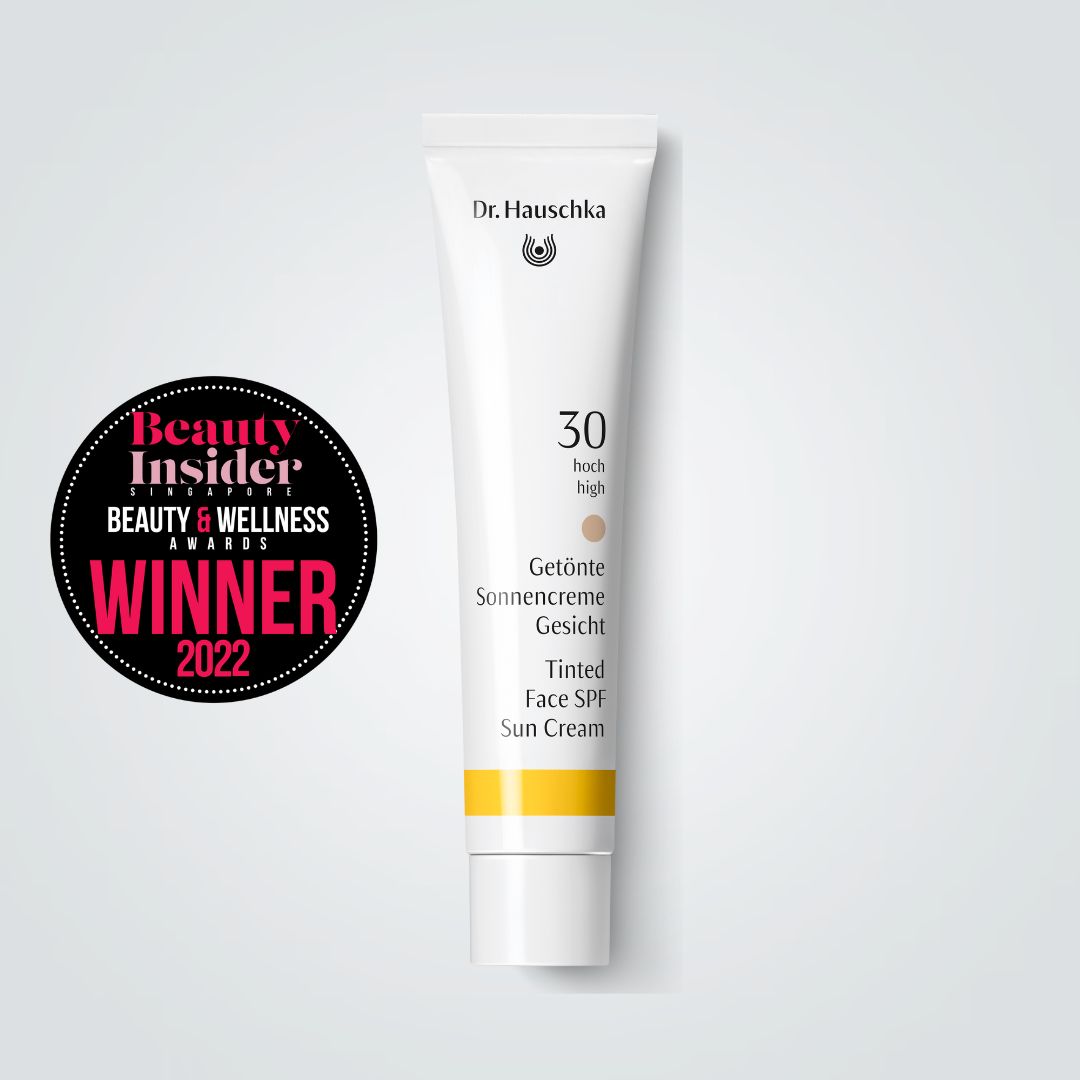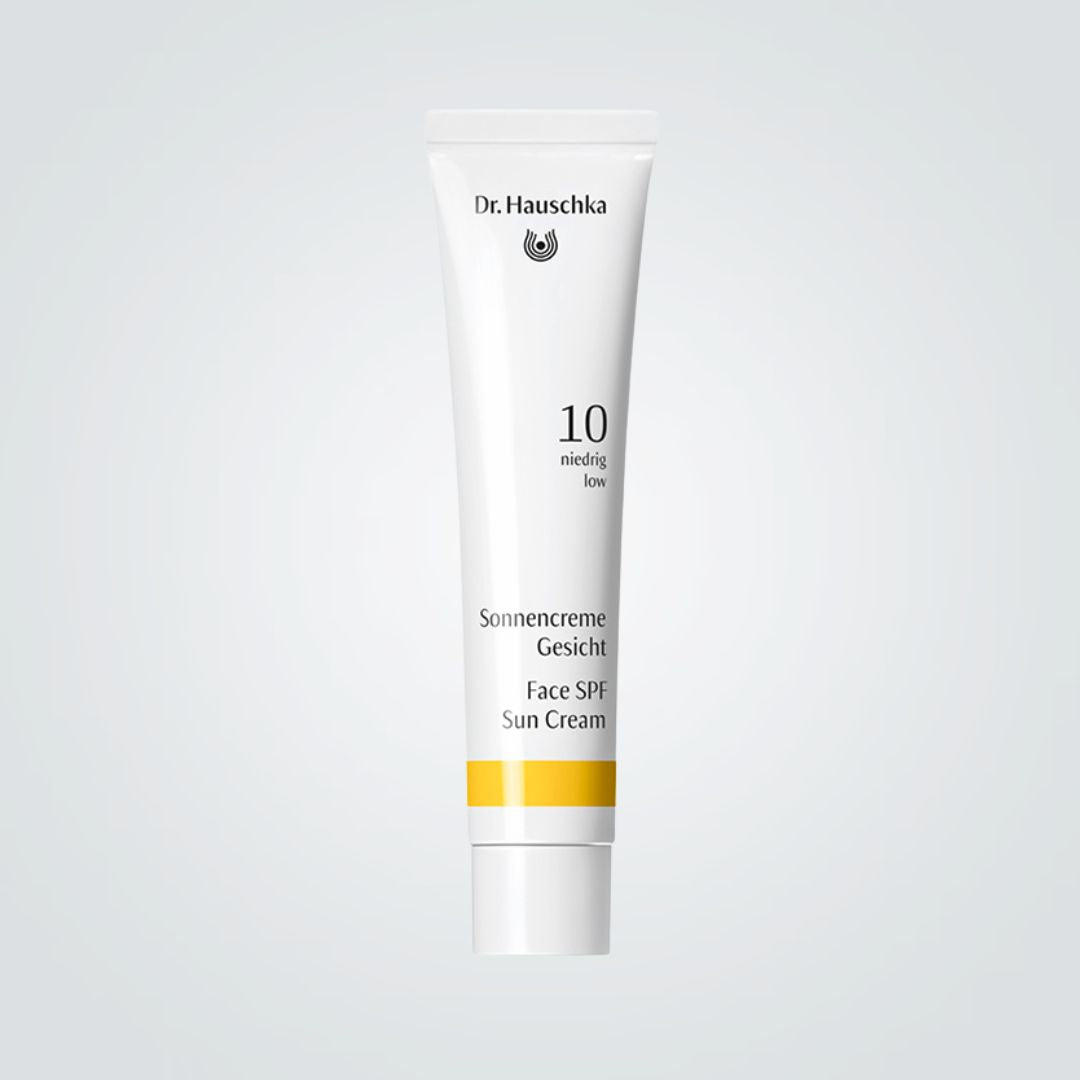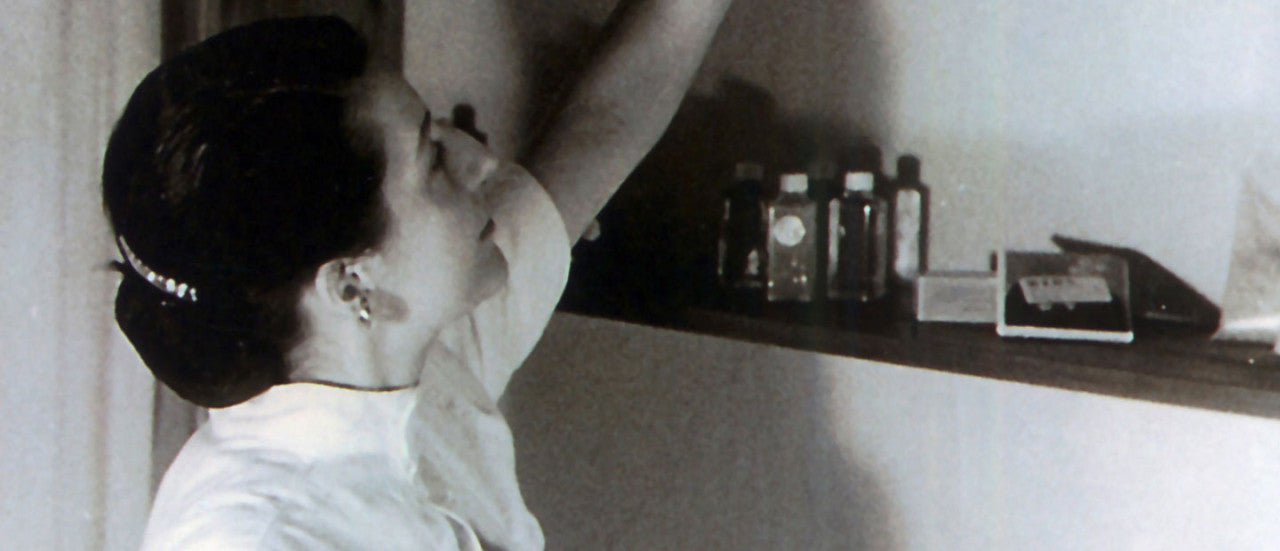
From the Beginning: How Dr. Hauschka Set the Standard for Natural Cosmetics
Elisabeth Sigmund and Rudolf Hauschka sparked a small revolution in cosmetics when they began their work in a Swabian spa town, shifting focus from chemistry back to nature. Today, as people increasingly seek answers to ecological and social questions—even in their choice of cosmetics—Dr. Hauschka continues to provide those answers, some for over 50 years.
Different from the beginning.
- 1929 – WALA Heilmittel GmbH is founded.
Rudolf Hauschka discovers a pioneering method for producing stable, water-based plant extracts without alcohol or preservatives. This breakthrough earned the young chemist respect within the scientific community and became the foundation for WALA’s mission.
- 1935 – WALA medicines are launched onto the market.
WALA opens its laboratories and introduces the first alcohol-free medicines—now known as WALA medicines—to the market. Rudolf Hauschka had long envisioned offering skincare products alongside these natural medicines.
- 1962 – Dr. Hauschka's founding impulse.
Rudolf Hauschka meets Elisabeth Sigmund—a researcher, developer, and cosmetician with medical training. Her innovative ideas, unique formulations, and holistic care approach align perfectly with WALA’s vision.
- 1967 - Dr. Hauschka is launched.
“Dr. Hauschka Healing Cosmetics, inspired by Elisabeth Sigmund,” is launched. From the start, our focus has been on people, not markets. Designed to harness nature’s healing power, our natural cosmetics aim to provide effective, well-tolerated skincare—where true natural beauty is the result.
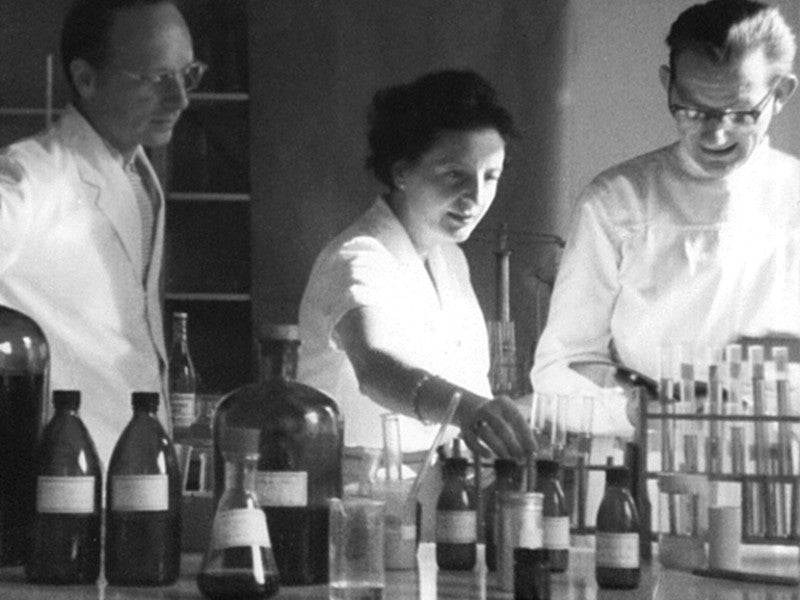
The pharmacist Rudolf Plantener, Elisabeth Sigmund and the chemist Dr. Reinhard Schoppmann (from left to right) formed the first development group for the new “WALA Cosmetics” in 1964.
About Rudolf Hauschka and Elisabeth Sigmund.
Rudolf Hauschka.
Dr. Rudolf Hauschka (1891–1969) was an adventurer and seeker, a visionary and chronicler. The founder of WALA, who came from Vienna, studied technical chemistry and lived for science. However, he received the key impulses for his further career as a scientist, which ultimately led to the development of the WALA manufacturing process, from the founder of anthroposophy, Rudolf Steiner. At a personal meeting. Steiner's comment that "rhythm carries life" prompted Hauschka to study extraction processes. The process developed by Rudolf Hauschka took into account the polarities (rhythms) of nature such as rest and movement, heat and cold, day and night. And for the first time, it made it possible to produce long-lasting, aqueous medicinal plant extracts without alcohol.
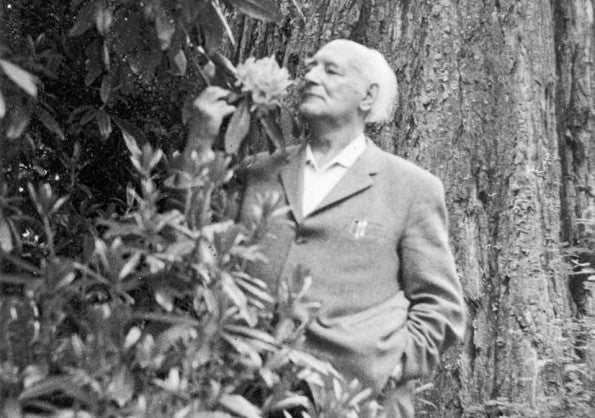
Elisabeth Sigmund.
Elisabeth Sigmund (1914–2013) was a researcher, developer, Red Cross nurse and pioneer of natural cosmetics. She started over again and again and yet never strayed from her own path; conventions never interested her. Born in Vienna, she played a key role in the development of Dr. Hauschka cosmetics. Her ideas still live on today in Dr. Hauschka cosmetic products and Dr. Hauschka cosmetic treatments.
"I didn't like the creams that were available to buy. I wanted to make my own, using ingredients that I liked." - Elisabeth Sigmund
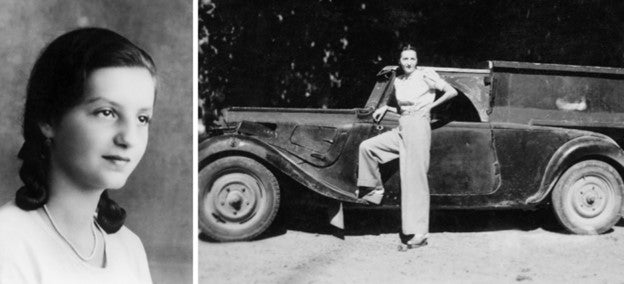
Today.
Made in Eckwälden.
We continue to work on the same land Rudolf Hauschka acquired in the late 1950s in Eckwälden, an agricultural area in southern Germany by the Swabian Alb. Many of our production steps are still done by hand today.
Made by us.
Our team views work as more than just a job. During the summer, when calendula blooms in the fields, employees from various departments come together to assist with the harvest. We not only inspire but also support one another. What sets us apart from other manufacturers? Our genuine interest in understanding your skin’s needs, rather than focusing on market expansion and profit maximization. Sounds radical? In any way, it reflects a unique mindset rooted in responsible ownership: the funds we generate are directed toward the WALA Foundation and benefit our approximately 1,000 employees.
